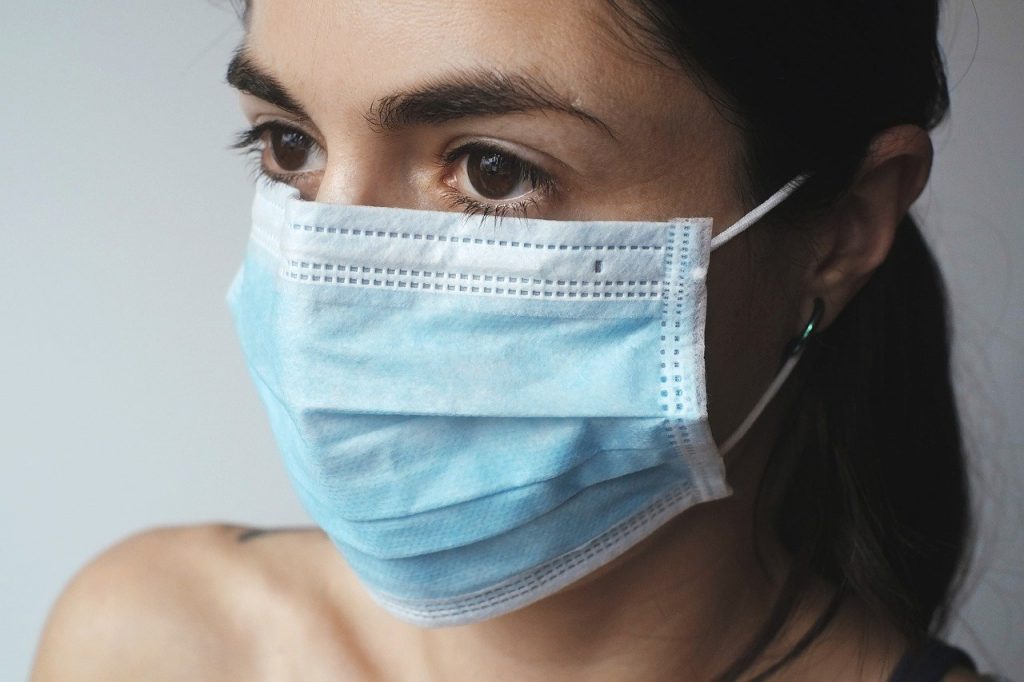AIG Life has today removed the last of its individual protection Covid underwriting restrictions and returned its criteria to pre-pandemic levels for all but the largest sums assured.
While AIG’s UK life insurance arm eased underwriting restrictions in April and May due to an improving picture of the pandemic, it has now increased the maximum level of underwriting loading it is willing to insure people at, including for people considered clinically vulnerable to Covid.
This includes people aged 65 and over, and those with a high BMI, diabetes, or who are on immunosuppressants.
Helen Croft, head of underwriting strategy at AIG Life, said: “We’ve done the responsible thing throughout this turbulent year and continued to give more than 95% of customers the same decision they’d have had before the pandemic.
“Now that most people in higher risk groups have had their second vaccinations and the risks are reducing, it’s right to reach the end of our own Covid road map, even with variants creating uncertainty about the UK government’s easing of restrictions. AIG’s changes mean approximately 3% more people will be able to access protection insurance.”
The underwriting changes announced today build on the access to insurance that AIG Life is providing to people suffering from long Covid, said Croft.
“People who are experiencing long Covid symptoms might think they can’t get life and critical illness insurance, but this isn’t the case,” continued Croft.
“Of course, underwriting decisions depend on a person’s situation but for individuals suffering mild long Covid symptoms, terms could even be available at standard rates. With one in 10 people experiencing Covid symptoms for longer than 12 weeks, it’s important that customers know they are insurable.”
Croft stressed the importance of the industry grabbing every opportunity, using improved access to insurance and signposting, to help more people put in place financial and practical support for the future.
“The sad truth is that pre-pandemic many people believed they wouldn’t be able to buy protection insurance when they in fact could, and they didn’t take the opportunity up. If I could wish for one good thing to come out of the Covid-19 pandemic it’s that more people with chronic medical conditions see the value of protection insurance and buy it,” she concluded.
